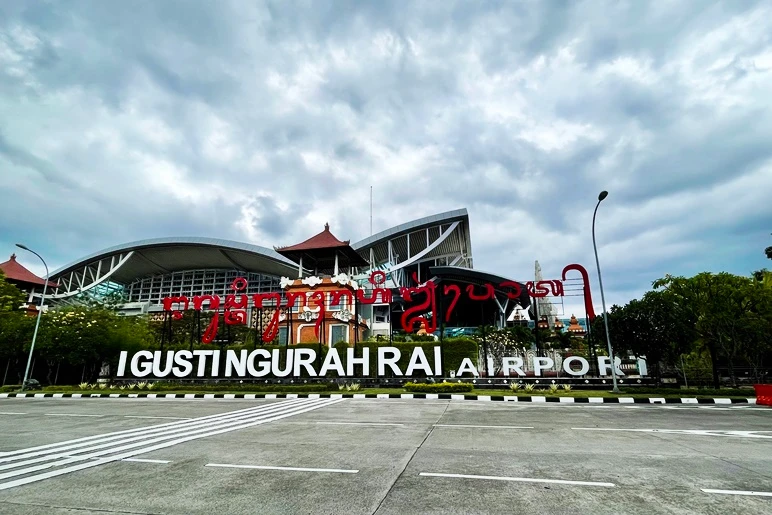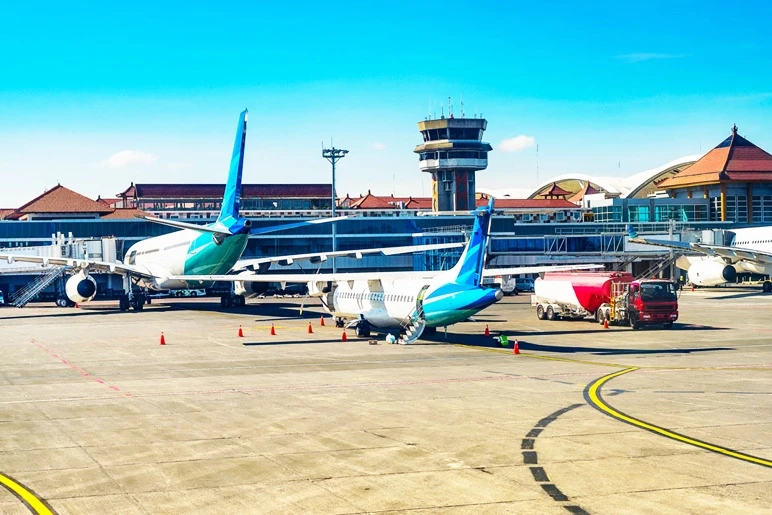Bali is entering a new phase of regional connectivity as plans progress to introduce direct international flights to nearby destinations like Lombok and Labuan Bajo. This shift positions I Gusti Ngurah Rai International Airport as more than a tourism gateway. It places Bali at the center of an emerging travel network that links Indonesia’s most visited island with the country’s fastest growing destinations.
This shift positions I Gusti Ngurah Rai International Airport as more than a tourism gateway.
A Rising Regional Transit Hub
The airport in Bali remains Indonesia’s second busiest air hub and continues to add new routes as traveler numbers rise. Its strategic position has drawn national attention as leaders pursue a long term vision for a regional transit center that can compete on the wider Asian stage. While Bali retains its reputation for effortless holidays, its airport is becoming a launchpad for wider exploration across the archipelago.

This evolution is happening in parallel with national efforts to elevate five super priority destinations, including Labuan Bajo in East Nusa Tenggara and Mandalika in Lombok. The goal is to ensure these destinations grow with the same momentum as Bali and to make the journey between them far more efficient for international tourists.
Direct Access to Labuan Bajo and Lombok
Travelers heading to Komodo National Park have traditionally needed to transit through Bali or Jakarta before flying domestically to Labuan Bajo. That era is ending. Major airlines are preparing new direct international services to airports in Lombok and Labuan Bajo. Early indications point toward routes connecting to Perth, Jeddah, and Istanbul, along with new domestic links between Lombok, Waingapu, Tambolaka, and Labuan Bajo.

These additions could redefine how tourists plan multi stop holidays in Indonesia. Travelers will no longer be required to loop back to Bali to fly home. That single shift could free up days in an itinerary and reduce unnecessary logistics across sea and land routes.
A Boost for Multi Destination Itineraries
Demand for multi destination Indonesian vacations has increased significantly. Travelers want one trip that blends the comfort of Bali with the wild appeal of the Nusa Islands, the relaxed charm of the Gilis, the tropical landscapes of Lombok, and the world famous wildlife encounters of Labuan Bajo.

With new international flight options, a traveler could arrive in Bali, enjoy several days on the island, move by fast boat to Lombok or the Gilis, then continue by air to Labuan Bajo before flying home directly. This style of seamless routing has long been possible in destinations like Thailand and Malaysia. Indonesia is now entering that same competitive space.
Changing Patterns for the Future
The upcoming routes raise important questions about how tourism patterns may shift. Bali has historically been the default arrival and departure point for most international visitors. As new gateways strengthen, will tourists begin to divide their time more evenly across the region. Could Lombok and Labuan Bajo absorb more long haul arrivals in the future.

The long term picture is promising for Indonesia because increased accessibility distributes tourism benefits and reduces pressure on Bali’s infrastructure. At the same time, stronger competition among destinations will push the need for cohesive planning, especially as more travelers seek authentic and lesser known experiences.
As new international services roll out, these journeys will become simpler and more appealing for global travelers. Bali will retain its magnetic pull, yet its role within Indonesia’s tourism ecosystem is expanding from standalone destination to powerful regional connector. The shift marks the start of a more integrated, efficient, and ambitious era for travel across the archipelago.




 Billy Bagus
Billy Bagus
 Nov 28, 2025
Nov 28, 2025






